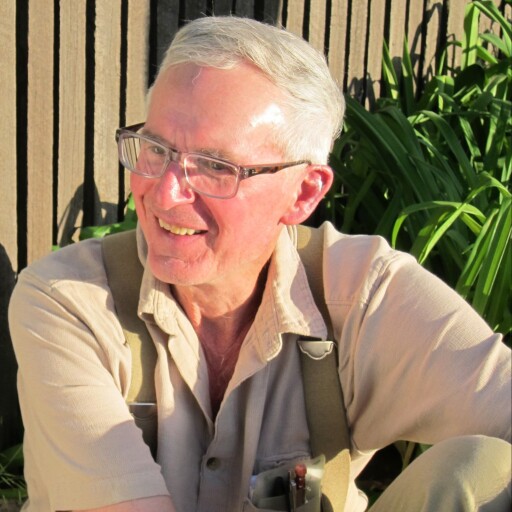

Barton Olinger
February 11, 1943 — July 30, 2024
Bart could have remained in Gettysburg, PA nestled among family and friends. Instead, he chose to travel west – to the University of Chicago. Here he earned a doctorate in geophysics and met his wife, Colleen. Onward to New Mexico, he began what would turn out to be a fifty-four plus years career at Los Alamos National Laboratory. With two sons, Miles and Seth, the four lived in Bandelier, ‘the Valley’ (Jaconita), and Los Alamos.
Besides his family, science was central to Bart’s life. He knew early on that he was supremely lucky to make friends with the few remaining WWII employees. Bart chose to remain in technical work rather than assume managerial duties proscribing the experimentation he valued. He spent most of his time at TA-39 (Ancho Canyon) and TA-16 (S-Site) involved in explosive experimentation and manufacturing.
A significant reason Bart chose to come to New Mexico was the lure of its Native American culture. Growing up in Gettysburg, he was immersed in Civil War history. Gettysburg battlefield remnants often unearthed Indian potshards from earlier days. Northern New Mexico proved to be a delight, Bart made friends among the Pueblos, especially those living at San Ildefonso, Santa Clara, and Ohkay Owingeh. He created seashell bandeliers so accurate that native dancers sought them. He also used his scientific skill to identify potshard origins, collaborating with professional archeologists.
Bart enjoyed hiking and camping. He was a group leader for the Pojoaque Valley Webolos and Explorers. Bart loved jazz; his father was a well-known jazz trumpetist who served in the Army Band during WW II. Interest in Lab and local history as well as geology led to Bart serving two terms as president of the Los Alamos Historical Society.
In short, Barton William Olinger truly lived his 81 years.
Guestbook
Visits: 33
This site is protected by reCAPTCHA and the
Google Privacy Policy and Terms of Service apply.
Service map data © OpenStreetMap contributors



